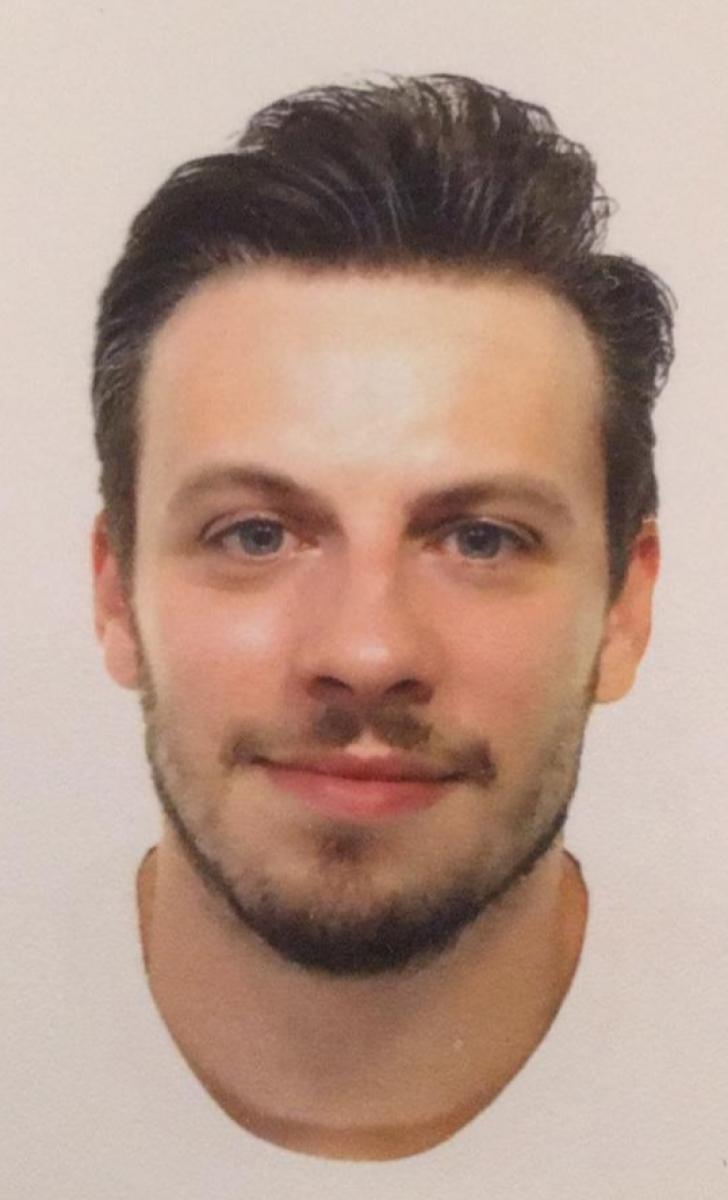
Curriculum
Neuroscience, Technology, and Society, XXXV series
Grant sponsor
CARIPARO-Malvestio
Supervisor
Luciano Gamberini
Co-supervisor
s
Alessandro Beghi
Project: Human Factors in Technologies for Healthcare Environments
Full text of the dissertation book can be downloaded from: https://www.research.unipd.it/handle/11577/3473504/
Abstract: Health facilities worldwide have struggled with problems like lack of personnel, long and irregular shifts and high workloads, even before the recent pandemic. These problems dramatically increased the risks of stress and burnout among these workers' category. In these cases, technology can often help people mitigate these issues, for example, by using innovative paradigms like the Internet of Things (IoT). However, designers usually approach device creation in a top-down fashion without considering users in the process. This work aims to apply co-design methods in developing helpful technologies for various healthcare environments. Firstly, since its central role in them, this work aimed to improve the usability of the electrical medical bed. Furthermore, this project presents two IoT systems. The first is the smart bed, in which sensors collect information about the patient and the bed’s state, providing a comprehensive overview of the ward and sending alarms in risky situations to reduce caregivers’ workload and increase patients’ safety. The second is the smart home, a domotic ambient assisted living solution for the co-housing of people affected by motor and cognitive impairments. Thanks to the control of lights, curtains, shutters and doors, this highly accessible system aimed to promote independence and reduce social distances. The work done in this thesis evaluated the stakeholders' perception of such systems in multiple phases of the co-design cycle. The studies in which users participate started with qualitative methods to highlight their desires, followed by prototypes (i.e., user interfaces) evaluation to identify possible problems, and ended with testing the refined system's versions in real environments (i.e., retirement home, domotic apartment) to assess their actual impact. The tests exploited multiple research methods, often contemporary, with qualitative (i.e., focus groups, interviews) and quantitative (i.e., questionnaires, performance, log data, and psychophysiological) natures, resulting in the collection of subjective and objective data. Among the latter, a further methodological aim of this project was testing the feasibility of using an innovative eye-tracking index, namely the Low/High Index of Pupillary Activity (LHIPA), in future Human-Computer Interaction studies. The results for the first objective highlight multiple desired features and design suggestions for future medical beds, providing useful tools for future tests, such as a usability checklist and User Experience (UX) guidelines. The works on smart systems participative design answer the second objective, presenting a comprehensive evaluation of IoT technologies in healthcare environments, treating themes like UX, Technology Acceptance, usability, patients’ safety and comfort, trust and privacy issues with technologies, workload, care quality, sense of home, intention to use, and learning difficulty across multiple tests. These studies indicate that caregivers and patients are ready and enthusiastic to adopt IoT technologies. Finally, the eye-tracking studies performed for the third aim extend our knowledge of LHIPA, taking a step further in its validation for HCI studies. Concluding, since the great interest that IoT technology in the healthcare field is experiencing, the results of this dissertation could significantly impact these environments, providing solutions, suggestions, limitations and issues derived from final users' opinions. Future designers could create user-friendly systems, thus improving the life quality of caregivers and their patients. Moreover, the eye-tracking studies on the LHIPA index expand our knowledge about the continuously growing field of psychophysiology.